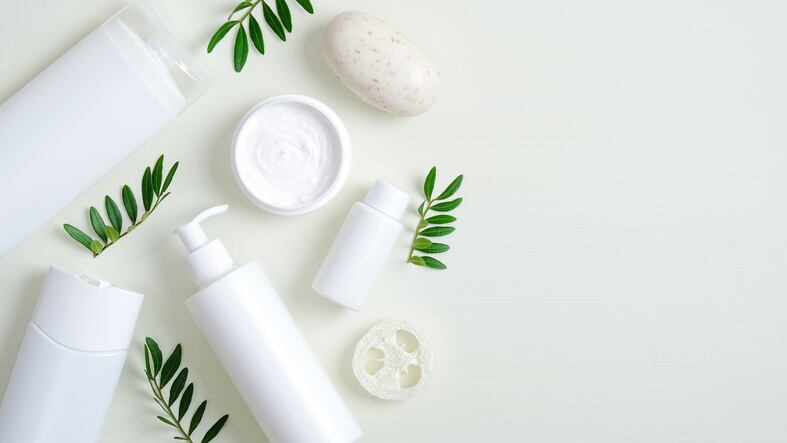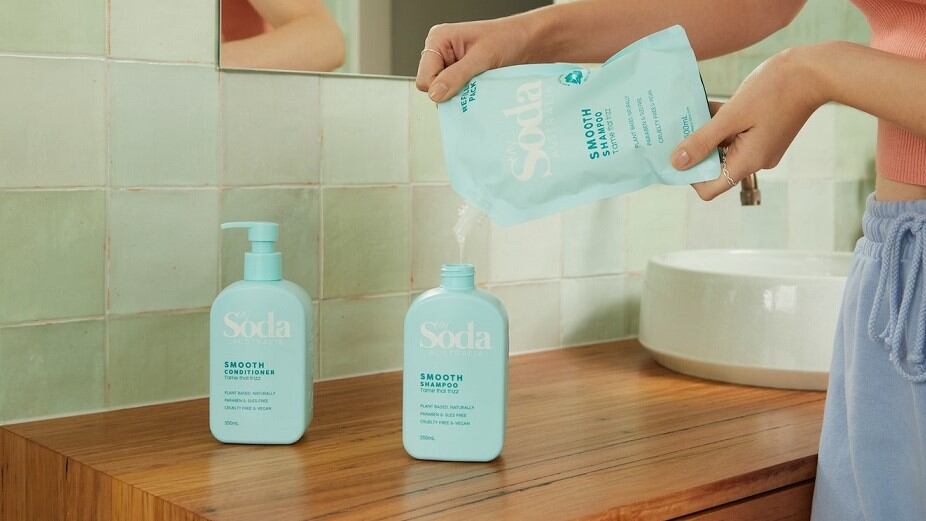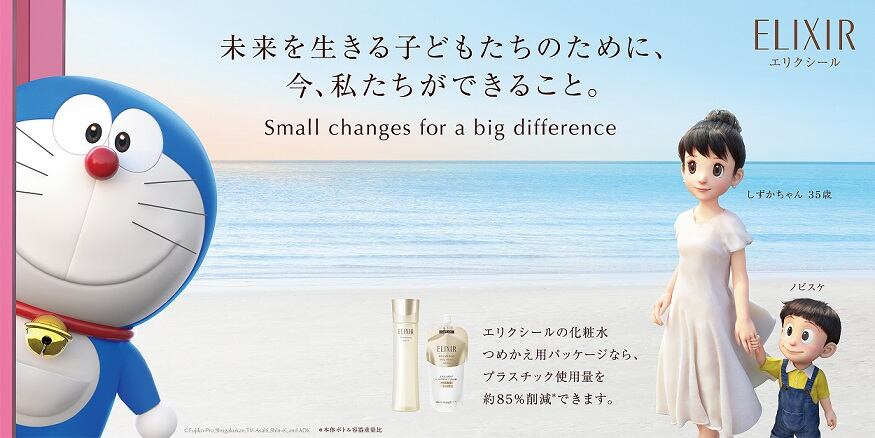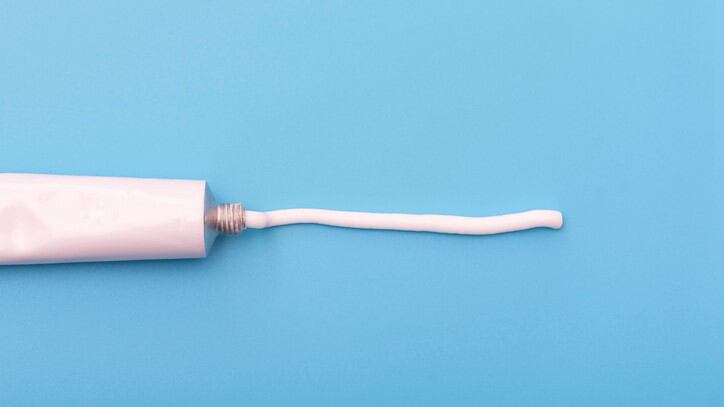The company has partnered with PET Refine Technology Co, a subsidiary of JEPLAN Inc., to utilise its BRING Technology. This technology enables the recycling of containers made from polyethylene terephthalate (PET) into material with purity equivalent to virgin PET.
Chemical recycling is the process of chemically breaking down used PET bottles to completely remove impurities and re-solidify them into PET resin.
On the other hand, mechanical recycling is a method of material recycling in which discarded plastic is melted down and re-solidified.
With chemical recycling, the end product would have the same quality and properties as virgin PET bottles because there is no change in the molecular weight.
This meant that this process could make a semi-permanent contribution to the recycling process, said Kao.
This recycled material has been recognised for its quality, including certification by the Food Safety Commission of Japan for use in food containers. Furthermore, it can match virgin plastic in terms of colour printing and decorations.
Kao said it would progressively introduce this material starting in June 2021, beginning with bottles for Twany, one of its cosmetics brands.
It said it would continue working to progressively expand its use of bottle containers using chemically recycled PET material.
To reach this goal, the company said it was working to collect used bottles and reuse them in cosmetics PET bottles, achieving plastic circularity.
As more packaging is recycled, Kao expects that it could have a stable supply of recycled material to use.
Fighting plastic pollution
The use of chemically recycled PET is an initiative that will contribute to the firm’s zero waste goals of its ESG strategy, the Kirei Lifestyle Plan, which was established in 2019.
This is Kao’s latest initiative exploring how it can fight plastic pollution.
Last November, the company joined hands with Wakayama, a city in Japan’s Kansai region to research the processing and recycling of marine plastic.
The aim was to implement an upcycling initiative meant to create new value for recycled materials and achieve circularity.
A few months before, the company was among the five companies selected to participate in a plastic recycling initiative organised by the Tokyo Metropolitan Government.
Kao was tasked to lead the design and development of sustainable packaging such as refill film packaging, labels that can be easily peeled off and bottle containers made with recycled plastic.
Previously, the firm has also developed its own packaging innovations to reduce plastic waste.
In 2016, it introduced Raku-raku Eco Pack Refills made with a film-type material that reduces plastic use by approximately 80% compared to conventional plastic holders.
In April last year, it accelerated the expansion of its Smart Holders, a dispenser design to be used to its Raku-raku Eco Pack Refill, which can be fitted into the holder, eliminating the need to refill a bottle completely.
A few months later in September, the company introduced the Raku-raku Switch for the Raku-raku Eco Pack Refill pack.
The Switch was developed to replace the functionality of a standard pump dispenser and enhance the use of the Raku-raku Eco Refill Pack.
The Switch can dispense a fixed amount of liquid content with a push of a button and the design prevents air and water from entering the pack even while dispensing contents.
Furthermore, it would allow the user to fully use up the liquid content, ensuring less product waste as well.




